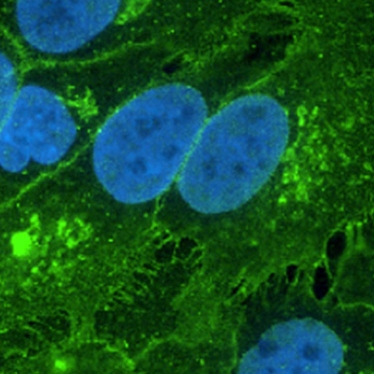PhenoVue Complementary Reagents
PhenoVue™ complementary reagents are designed for use with PhenoVue cell painting kits, fluorescent probes for organelles & subcellular compartments, cell function reagents & kits, and fluorescent labelled secondary antibodies.
PhenoVue Paraformaldehyde 4% Methanol-free Solution and PhenoVue Permeabilization 0.5% Triton X-100 Solution are convenient and stable ready to use solutions for cell fixation and cell permeabilization, respectively. Cell fixation is an essential step to preserve cell samples. Cell permeabilization is an essential step, after cell fixation, to remove lipids from plasma and nuclear membranes to allow large molecules such as antibodies to penetrate the cell.
PhenoVue dye diluent A (5X) is an optimized and concentrated buffer that can be used to dilute PhenoVue fluorescent products. PhenoVue Pluronic F-127 solution is a nonionic surfactant frequently used with dye AM esters to improve their water solubility. PhenoVue Probenecid Ready To Use Solution is used to inhibit organic-anion transporters present in cellular membranes to improve intracellular retention of fluorescent dye indicators.
For research use only. Not for use in diagnostic procedures.































